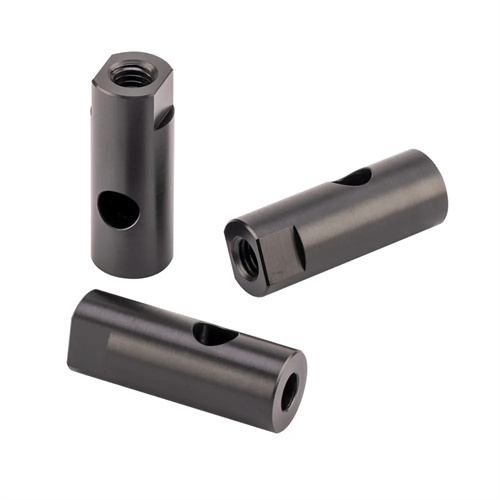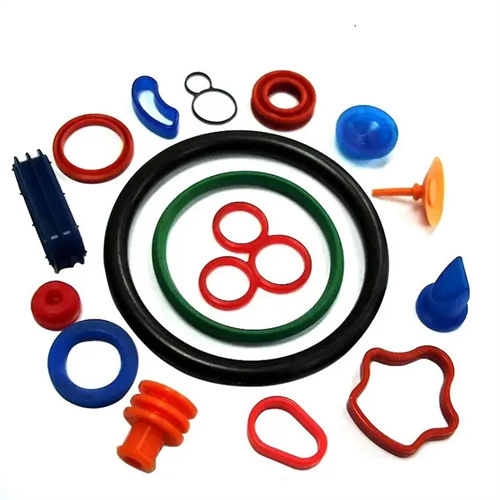Injection molding constant resistance lubrication
Among the lubrication methods used in injection molding equipment, constant-resistance lubrication, with its unique operating principle, plays a vital role in specific moving parts. This lubrication method regulates the lubricant supply volume and speed by controlling the flow resistance of the lubricant in the lubrication system, ensuring a stable and appropriate amount of lubricant to the lubricated parts, thereby achieving efficient and economical lubrication. Unlike quantitative pressurized lubrication, constant-resistance lubrication does not require complex quantitative distributors and pressure control systems. Instead, it utilizes the fixed resistance generated by throttling elements (such as throttle valves and capillaries) to control the lubricant flow rate. It is suitable for applications with a small number of lubrication points and relatively stable loads and speeds, such as small bearings and gears in injection molding machines.

The basic components of an injection molding constant-resistance lubrication system include a lubricating oil tank, a gear pump, a throttling element, an oil pipeline, and an oil return device. The gear pump is responsible for extracting lubricant from the oil tank and delivering it to the throttling element at a certain pressure. The throttling element is the core of the system. Through the size and structure of its internal channels, it generates a fixed flow resistance. When the lubricant flows through the throttling element, the flow rate is automatically adjusted according to the size of the resistance, thereby ensuring a stable flow of lubricant entering the lubrication point. The oil pipeline transports the lubricant that has passed through the throttling element to various lubrication points, and the oil return device recovers excess lubricant to the oil tank for recycling. For example, in the ejection mechanism of an injection molding machine, a constant-resistance lubrication system can be used to lubricate small bearings. By setting an appropriate throttle valve, the lubricant can enter the bearing at a stable flow rate, ensuring the lubrication effect while avoiding lubricant waste.

The selection and parameter design of throttling elements are key to the proper functioning of injection molding constant-resistance lubrication systems. Common throttling elements include throttle valves, capillaries, and porous media, with different throttling elements suitable for different lubrication needs. A throttle valve changes the cross-sectional area of the channel by adjusting the opening of the internal valve core, thereby adjusting the flow resistance. Its advantage is that the flow rate can be manually adjusted as needed, making it suitable for situations where lubrication needs may change. Capillaries use the resistance along the length of a slender pipe to control the flow rate. They have a simple structure and low cost, but the flow regulation is not flexible enough, making them suitable for situations where the flow rate is stable. Porous media (such as sintered metal powders) generate resistance through their tiny internal pores, resulting in good flow uniformity, but are easily clogged by impurities, making them suitable for lubricants with higher cleanliness. During design, the size and structure of the throttling element must be calculated based on parameters such as the required flow rate at the lubrication point, the oil supply pressure, and the viscosity of the lubricant. For example, for a lubricant with a viscosity of 32 cSt, if a flow rate of 0.5 L/h is required to be provided to the lubrication point, when a capillary tube is used as the throttling element, the diameter of the capillary tube can be selected as 0.5 mm, and the length is determined by the oil supply pressure.

The operating pressure and flow characteristics of a fixed-resistance lubrication system for injection molding require careful matching of the lubrication components. The system’s operating pressure is typically determined by the output pressure of the gear pump and is generally set between 0.1 and 0.3 MPa. Excessive pressure can increase flow fluctuations in the throttling element and increase the risk of system leakage. Excessive pressure can prevent the lubricant from overcoming the throttling resistance, resulting in insufficient flow. The flow characteristics of a fixed-resistance lubrication system are significantly affected by lubricant viscosity and temperature. As temperature increases, the lubricant’s viscosity decreases, reducing flow resistance and correspondingly increasing flow. Conversely, as temperature decreases, viscosity increases and flow decreases. Therefore, in environments with significant ambient temperature fluctuations, appropriate temperature compensation measures are necessary, such as installing a heating or cooling device in the oil tank to maintain a stable lubricant temperature, or selecting a lubricant with a viscosity that is less sensitive to temperature (such as synthetic lubricants) to ensure flow stability.

The installation, maintenance, and troubleshooting of injection molding fixed-resistance lubrication systems also require adherence to specific standards. During installation, the oil pipeline should be as short and straight as possible, minimizing elbows and joints to reduce additional flow resistance. The throttling element should be installed close to the lubrication point to avoid flow loss caused by excessively long pipelines. The system’s return oil pipeline should be unobstructed to prevent excessive backpressure that could affect lubricant circulation. During routine maintenance, the oil tank level and oil quality should be checked regularly, and the lubricant should be replenished and replaced promptly. The throttling element and oil pipeline should be cleaned to prevent impurities from clogging and causing flow reduction or interruption. The gear pump should be checked to ensure stable output pressure. Common faults include excessive or insufficient flow and system leaks. Excessive flow may indicate wear or improper adjustment of the throttling element, resulting in reduced flow resistance. The throttling element should be replaced or readjusted. Excessive flow may indicate a clogged throttling element or insufficient oil supply pressure. The throttling element should be cleaned or the gear pump inspected. For leaks, the pipe joints and seals should be inspected, and damaged parts should be replaced promptly.

The rational design and use of a constant-resistance lubrication system for injection molding can simplify system structure, reduce costs, and adapt to specific moving parts of injection molding equipment while ensuring effective lubrication. In actual application, it is necessary to select the appropriate throttling element and lubricant based on parameters such as the load, speed, and operating temperature of the lubricated area, reasonably set the system pressure and flow rate, and perform routine maintenance to ensure stable system operation, extend the service life of the injection molding equipment, and improve production efficiency.
